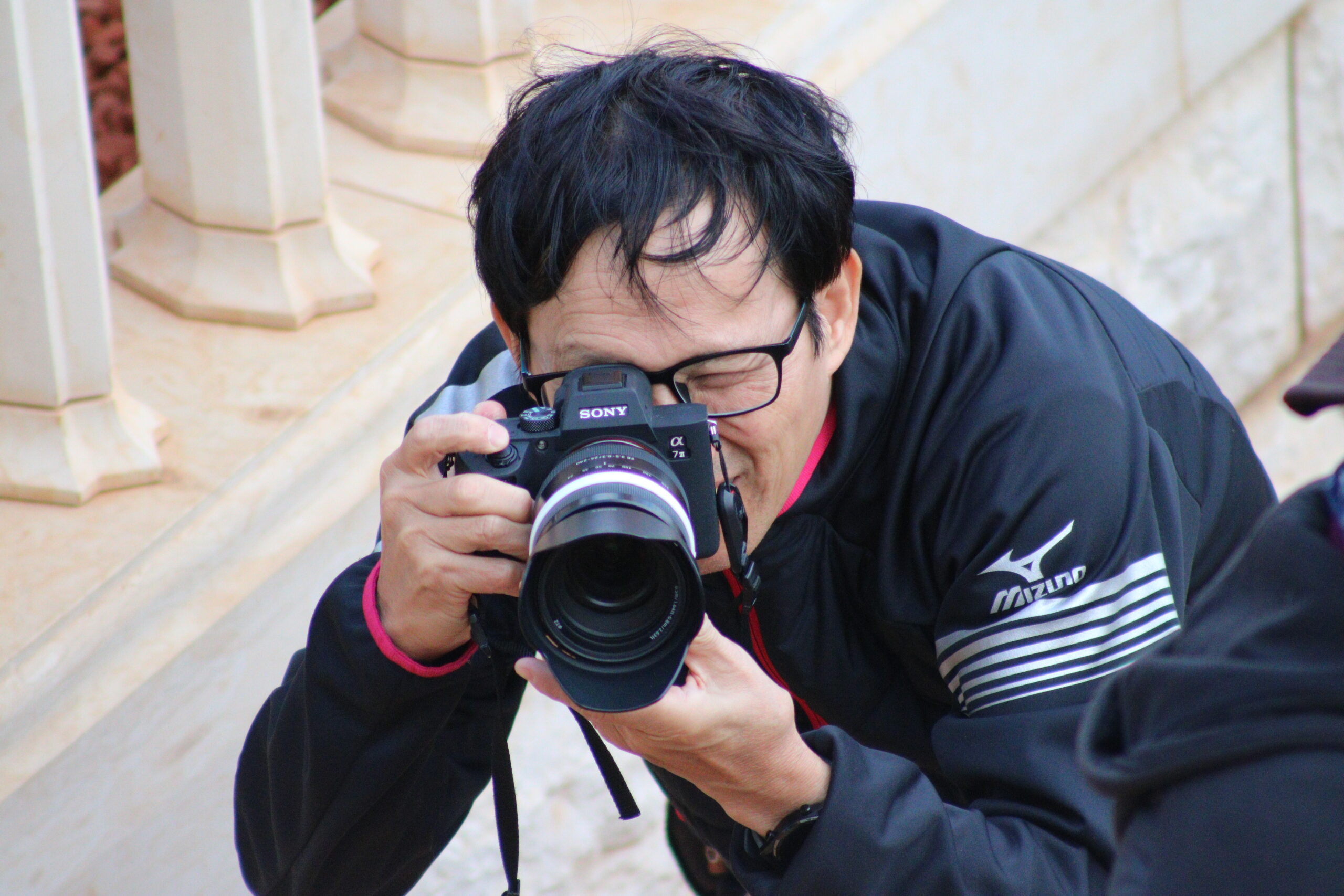There was a moment — and anyone who lived through the DSLR-to-mirrorless shift remembers it vividly — when Sony felt dangerous. Not in the playful marketing way or incremental “2% improvement per year” way. No, Sony came in like an outsider who didn’t care about legacy, storage room full of EF glass, or what the “serious photographers” thought. It was bold, maybe borderline reckless, releasing cameras that felt like prototypes disguised as products, but the speed of iteration was intoxicating. New bodies every year. New sensors that made everything else look prehistoric. Early A7 sensors with that magical combination of dynamic range and low-light ability felt like cheating. Even Canon shooters — the loyalists, the “never leaving EF” people — started secretly checking eBay prices of their gear and whispering: should I switch?

Sony didn’t just build mirrorless — it made mirrorless inevitable. It forced Canon and Nikon to wake up from a strangely long and comfortable nap. The shift wasn’t gentle, either. Sony pushed firmware updates like a software company. Suddenly autofocus wasn’t just “good”; it was uncanny. Eye-AF for humans, then pets, then birds, then seemingly anything with a pulse. The third-party ecosystem exploded because Sony didn’t lock the gate. Companies like Sigma, Tamron, Viltrox — even the weird boutique lens makers — finally had a full-frame future to plug into. Sony basically said: Sure, everyone build lenses, we’ll make the mount big enough to feed an economy. And that worked.
But somewhere along the way, the urgency faded. The most recent Sony releases feel oddly familiar, like déjà vu packaged in magnesium alloy. It’s not that the cameras are bad — they’re arguably some of the best engineered tools on the market — but they lack that slightly chaotic ambition that made early Sony gear exciting. The A7 bodies are now predictable. Safe. Iterative. You almost know the spec sheet before Sony publishes it: same body shape, slightly improved sensor, better AF tracking, some new AI buzzwords, a negligible shutter sound redesign, and a color science correction that comes with the promise: “This time we really fixed it.”
Meanwhile, the competitors Sony once shocked into motion have learned the game. Canon came back swinging with RF glass that borders on optical witchcraft, plus bodies like the R5 and R6 II that feel genuinely refined. Nikon, once considered moments away from irrelevance in the mirrorless era, suddenly built cameras with soul — the Z9 being a loud reminder that Nikon isn’t just alive; it’s angry. Even Fujifilm carved out its own identity instead of joining the full-frame war, and that stubbornness is paying off.
Sony now sits in an odd space: still leading in silicon, still adored by video shooters, still the modern standard, yet somehow… predictable. The company that once disrupted everyone is now the one people hope will be disrupted again, just to see what wakes up inside.
Maybe Sony is in its “Apple era”: refinement over revolution, safety over chaos, mass adoption over risk. Or maybe — and honestly, I hope this is true — Sony is quietly cooking the next seismic thing in some underground lab in Minato City, where engineers can’t speak without signing NDAs thick enough to use as lens spacers.
Because photography — real photography — thrives on evolution. And it would be fun to see Sony become reckless again.
Why Sony Mirrorless Never Fully Won Me Over
Sometimes I catch myself feeling oddly conflicted about Sony’s role in the camera world. On one hand, there’s a real sense of gratitude — the brand practically jolted Canon and Nikon out of their DSLR slumber and forced the industry into modernity. Without Sony’s early mirrorless innovation, we’d probably still be debating whether EVFs were “usable.” And honestly, their openness to third-party lenses was refreshing in a market where closed ecosystems used to feel like a tax. Sigma, Tamron, Viltrox — the whole competitive playground pretty much exists because Sony didn’t lock the gate. So there’s admiration there. Respect, even.
But then the reality of actually using Sony cameras settles in, and the feeling shifts. The interface — oh boy — it’s like wandering through a digital maze with hidden trapdoors and menus within menus that feel like they were never designed, just… accumulated. Photo modes, video modes, exposure tools, autofocus customizations — everything is powerful, yes, but never intuitive. There’s no warmth or flow to it. Nothing feels natural or conversational. You don’t bond with the camera; you operate it, like machinery. And that sounds dramatic, I know, but photography isn’t just engineering — it’s muscle memory, emotion, rhythm.
Then there’s the hardware itself. People love to gush about how lightweight mirrorless systems are supposed to be, but Sony didn’t get that memo. Many of their bodies feel reasonably compact, but once you attach the lenses — especially GM lenses — it suddenly becomes a workout plan disguised as a hobby. The prices don’t particularly encourage forgiveness, either. Everything is premium-priced, aggressively marketed, and always hyped as the “next evolution”… even when the improvements feel iterative at best. It’s hard not to roll your eyes a little when the advertising speaks in the voice of revolution, but the product feels like Version 3.27 dressed as Version 4.
And the hype culture around Sony adds an odd layer of disconnect. Users talk like joining the Sony ecosystem is a conversion, a status level, an alignment with future-proof greatness — but when holding the camera, I catch myself thinking: this isn’t enjoyable. It’s capable, but cold. It delivers, but doesn’t inspire. Shooting becomes technical rather than instinctive. That’s probably the heart of it. Art shouldn’t feel like assembling IKEA furniture with 400 menu pages and firmware updates lurking somewhere behind your shutter press.
So yes — grateful? Absolutely. Sony changed the game. But love? Love requires more than innovation and specs. It needs usability, simplicity, balance, and a bit of humanity in the experience. And that’s where Sony loses me every time.